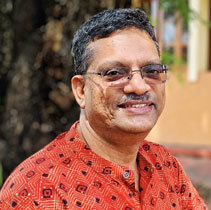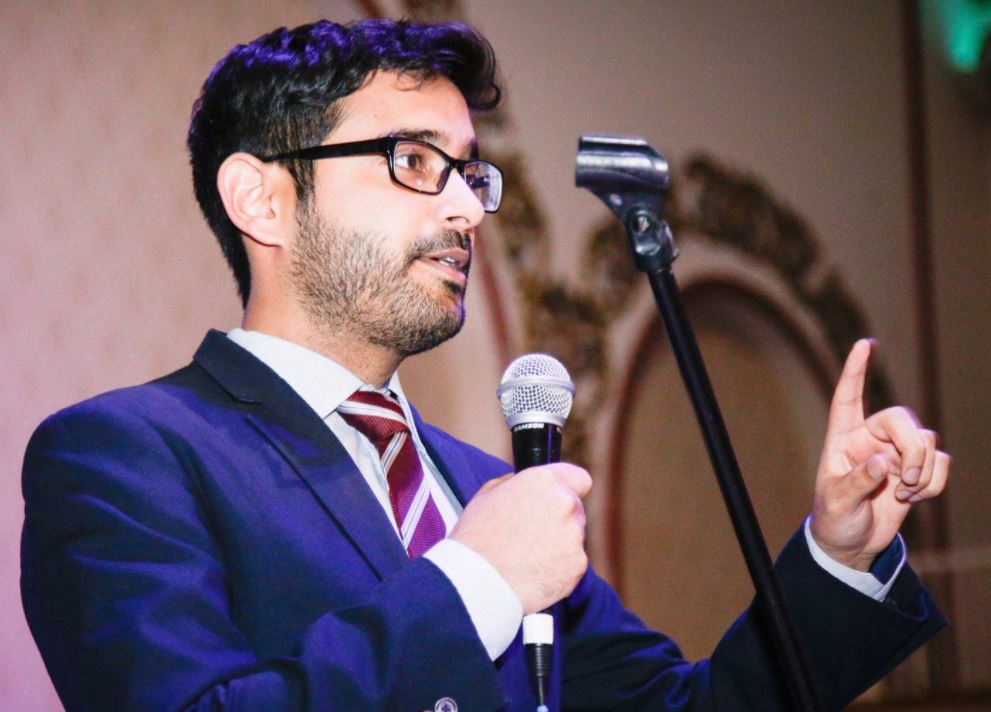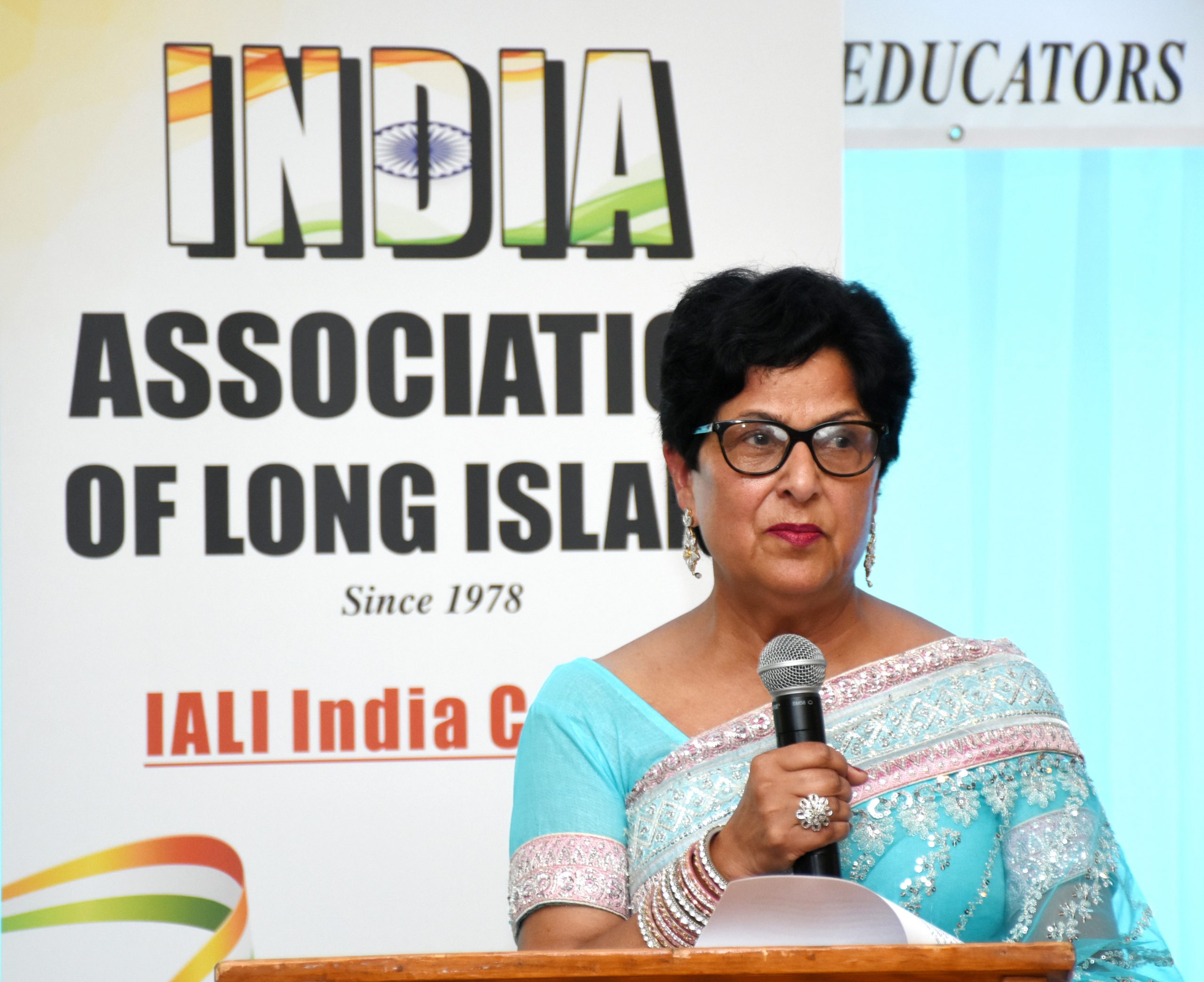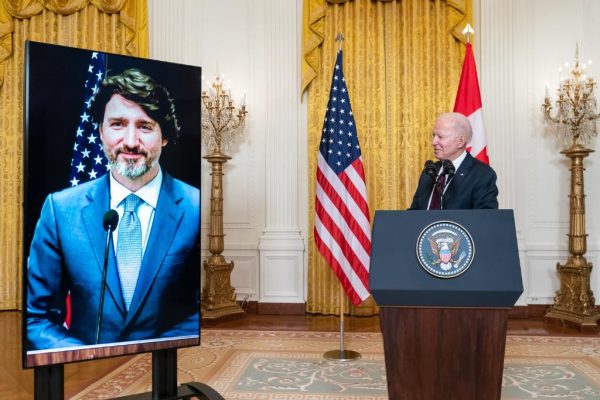Q&A with Brian Mendonca
‘Jasmine City: Poems from Delhi’ by Brian Mendonca was released in Delhi at the YMCA conference room on May 20, 2024. Sohail Hashmi, writer, filmmaker, and heritage activist provided a background of poetry in Delhi and how poets like Mir and Ghalib responded to the changing fortunes of the city. He situated Brian’s poetry among poetry collections on Delhi written in English and read and commented on the poem ‘1321’.
Sonya Gupta, academic and translator, spoke about Brian’s use of musical allusions in poems like ‘Motley Crue’. She was moved by Brian’s love poems and asked him to read his poem ‘Call Me’. She noted how his poems are often about the poor and marginalized. She also noted the terseness of poems like ‘9 to 5’ and ‘Dragonfly Morning’.
Amit Ranjan, poet from Delhi, read out from his Foreword to ‘Jasmine City’ and how he vibed with Brian in Goa. He was uneasy with the romanticization of Delhi.
To showcase the realism and romance of his poetic oeuvre, Brian read his poem, ‘Qila Mubark’ written on the Red Fort. He thanked Kallol Majumder who did the artwork for the book and everyone clapped. He was grateful to Oxford University Press where he worked as an editor for providing the stability which enabled him to pen his poems. The event was compered by Robinson Raju, publishing professional. The vote of thanks was given by Shilpa Chowdhary, academic and writer from Delhi.
In an interview for The Indian Eye with Ekta Saxena, the poet talked about his poems and life in Delhi. Excerpts:
What Delhi means to you, where you spent almost 15 years?
I was born in Gujarat. I did my schooling in Mumbai; my college in Goa; my MPhil in Pune; and my PhD in Hyderabad. I began my working life in Delhi. Delhi was a city of sensation, like no other. It gave me freedom to be who I was destined to be — a poet. It gave me a job to support my writing and my travel. I am fascinated by this city. The people who work tirelessly to earn their living, leave me humbled.
What is so unique about Delhi that motivated you to dedicate a poetry collection on it?
I write from moment to moment. Every glimpse of Delhi led me to a deeper understanding of its ethos. It was a city that needed to be deciphered. I needed to move beyond the cliches that describe Delhi and showcase its humanity.

You have captured the little nuances of life here in your poems. What Delhi offers beyond its famous monuments?
Delhi is a universal city. Shahjahan called the Lal Qila the centre of the world, ‘axis mundi. ‘ But ever since the Sultanate period, Delhi has become more layered, more textured. It has moved beyond the necropolis it was and has embraced modernity. As a poet I try to chronicle this transition in the vignettes I offer of life in this remembered city.
As a poet, what inspires you to capture and weave into words, particularly this collection?
I spend lot of time just looking. I see the profound in the obvious. I speak for the voiceless. I am an itinerant traveler in this world. I am a chronicler of our times. Ibn Batuta inspires me. I use contemporary idioms to unpack the city.
Tell us something about your past collections.
My debut volume was ‘Last Bus to Vasco: Poems from Goa’ (Delhi, 2006). My second collection was ‘A Peace of India: Poems in Transit’ (Delhi, 2011). My latest offering is ‘Jasmine City: Poems from Delhi’ (Goa, 2023). The poems for all three volumes were being written simultaneously. They were gathered into separate collections later. They are all self-published.
‘Last Bus to Vasco’ is Goa-specific. I have named my blog after it. ‘A Peace of India’ presents the poems of a traveler-poet. These poems are the poems of a ‘ramta-jogi’ who has wandered across India to find his soul.
Delhi of now and Delhi of then, what is your observation? Does its past still reflect in the fast-paced Metropolitan it has become?
Delhi has been home to seven cities. Even in the Delhi we see today, the Old City still exists in the late-middle-ages whereas South Delhi is more contemporary. The voices of the past are never far away, if one appreciates Delhi’s history and its monuments.
Which is your favorite spot and food of Delhi?
When I first came to Delhi, I used to enjoy mutton biryani at Nand Lal’s dhaba, Daryaganj. I also used to love the chhole-kulche they used to serve on carts at Daryaganj at ₹10 a plate. I love simple street food like bread pakoras and kulhad chai.

























